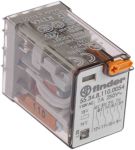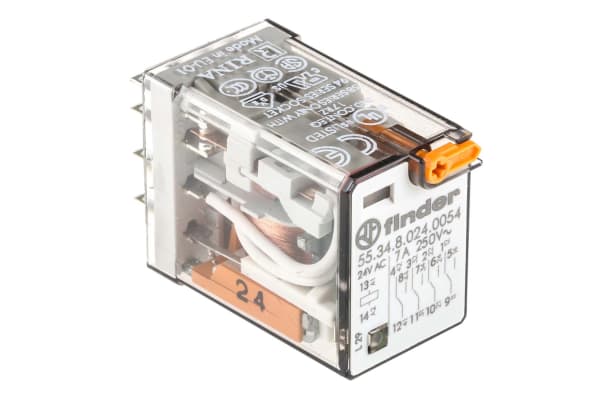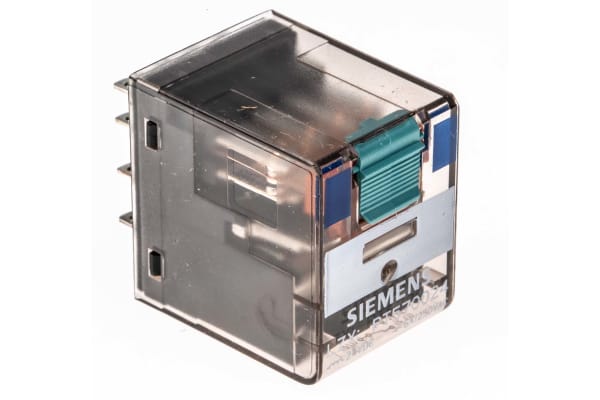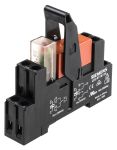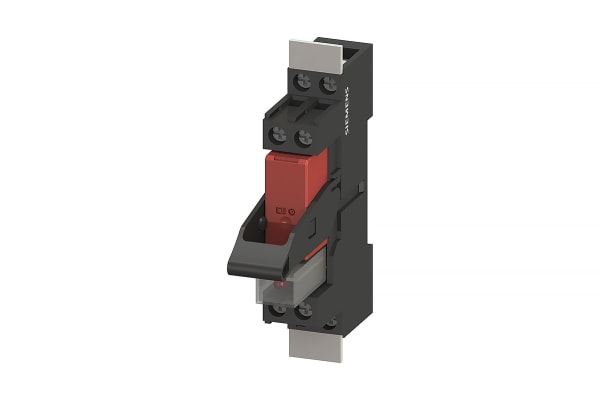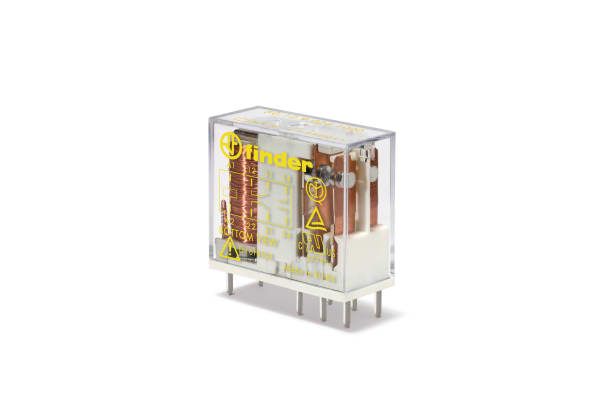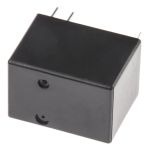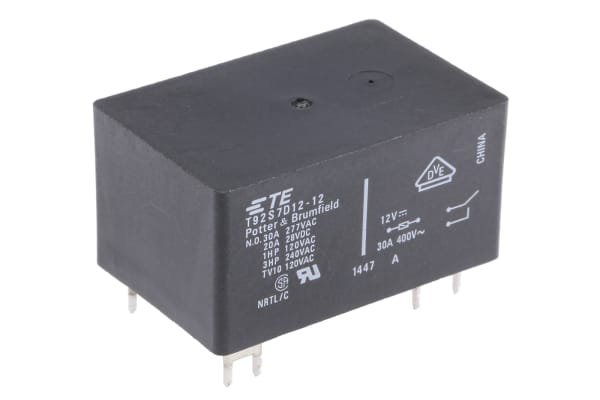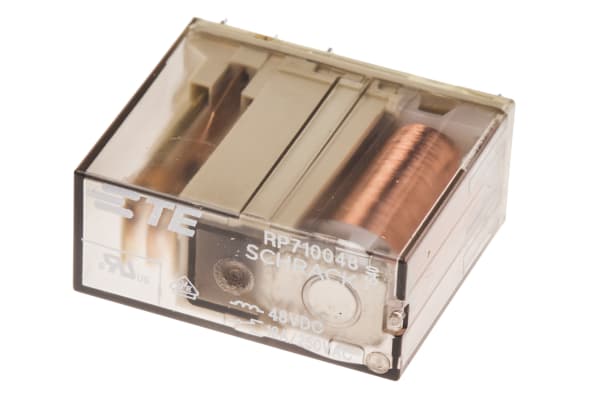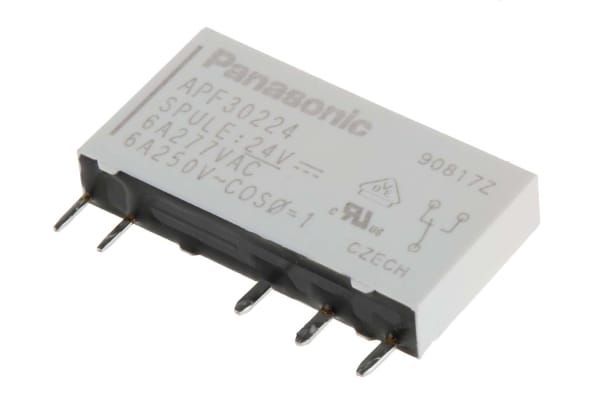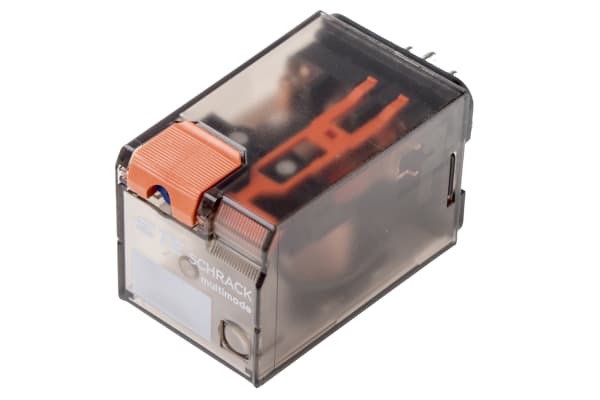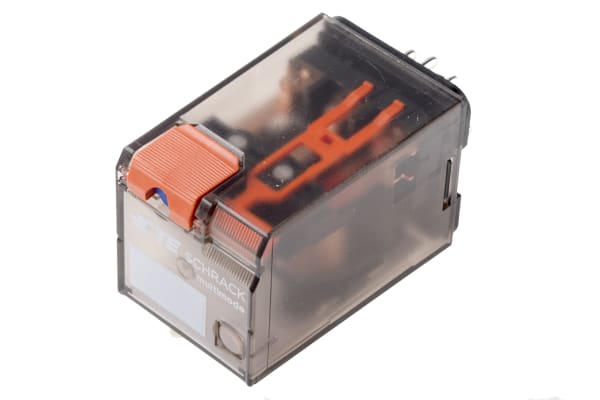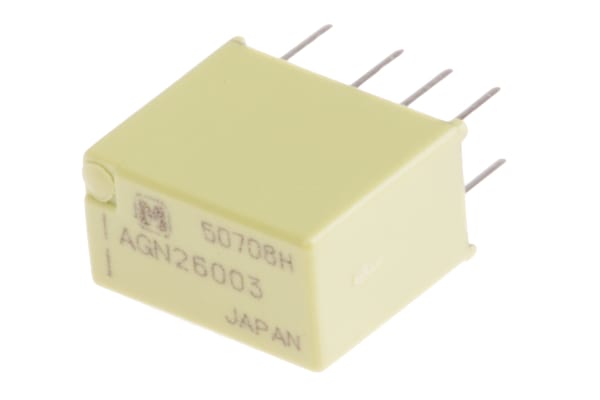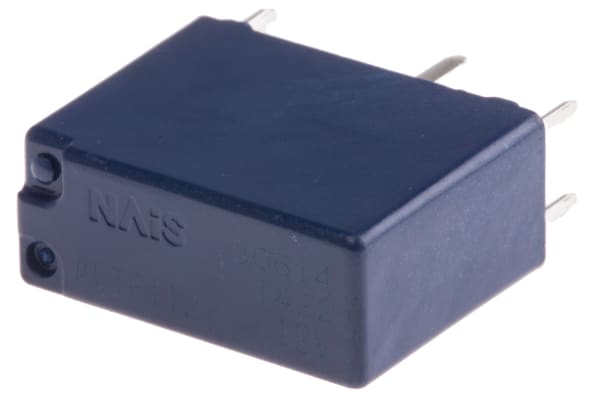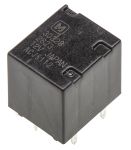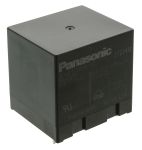Non-Latching Relays
Relays are electrical switches that are operated by electrical impulses with the primary function to open and close a circuit, they can also be referred to as industrial switches. There are 2 main types available, latching and non–latching relays.How do non-latching relays work?Non-latching relays are in a normally closed (NC) position and will stay in this state without power. When power passes through the circuit, the relay switched to a normally open (NO) position by using an internal coil to generate a magnetic force, holding this NO position. Once the current is turned off, it returns to the NC position. This makes non-latching relays well suited to push-button applications like keyboards and micro-controller input buttons.What are non-latching relays used for?Non-latching relays are highly durable and versatile components, making their performance long lasting and suitable for use in a wide range of applications, such as:Automotive enginesHousehold appliancesIndustrial machineryMedical equipmentTelecommunications equipmentWhat is the difference between latching and non-latching relays?Both types of relays in similar in design and function, however, a significant difference between them is that a latching relay will remain in the last position it when it was last powered, whereas a non-latching goes back to its normal position. This makes each more type of relay suitable for different applications. Considerations when selecting a relayWhen choosing a relay, it is important to consider a number of specifications to ensure it is fit for purpose, some factors include:Coil voltage – the required voltage to actuate the switching mechanism. If a voltage is too high this could damage the components, if it is too low then it will not actuate. Contact configuration – This is the state the contacts are in without power. For example SPST, single pole single throw.Contact material – the relay contacts are available in many materials that have certain properties. Common materials are gold, silver, tin oxide and nickel Coil power – the amount of power (watts) the coil operates at. This must match the power in the circuit for correct function. Coil resistance – the amount of resistance (ohms) in the circuit that the coil creates.
-
Finder, 110V ac Coil Non-Latching Relay 4PDT, 7A Switching Current Plug In, 4 Pole, 55.34.8.110.0054
IDR205,269.73 -
Finder, 24V ac Coil Non-Latching Relay 4PDT, 7A Switching Current Plug In, 4 Pole, 55.34.8.024.0054
IDR191,319.36 -
Siemens, 24V dc Coil Non-Latching Relay DPDT, 8A Switching Current Plug In, 2 Pole, LZX:PT270024
IDR186,704.20 -
Siemens, 24V dc Coil Non-Latching Relay 4PDT, 6A Switching Current Plug In, 4 Pole, LZX:PT570024
IDR260,336.98 -
Siemens Non-Latching Relay, LZS:RT78726
IDR221,947.24 -
Siemens, 24V Coil Non-Latching Relay DPDT, 2.5A Switching Current Plug In, 2 Pole, LZS:RT4A4L24
IDR504,520.90 -
Siemens, 24V dc Coil Non-Latching Relay SPDT, 3A Switching Current Plug In Single Pole, LZS:RT3A4L24
IDR368,059.01 -
Finder 24V dc Safety Relay - Dual Channel With 2 Safety Contacts , 0 Auxiliary Contact
IDR138,035.24 -
TE Connectivity, 24V dc Coil Non-Latching Relay SPDT, 1A Switching Current PCB Mount Single Pole, OUAZ-SS-124L,900
IDR47,829.84 -
TE Connectivity, 12V dc Coil Non-Latching Relay DPST, 30A Switching Current PCB Mount, 2 Pole, T92S7D12-12
IDR281,419.87 -
TE Connectivity, 240V ac Coil Non-Latching Relay DPNO, 16A Switching Current PCB Mount, 2 Pole, 0419 11 0301 00
IDR535,778.12 -
TE Connectivity, 48V dc Coil Non-Latching Relay SPDT, 16A Switching Current PCB Mount Single Pole, RP710048
IDR106,148.68 -
TE Connectivity, 12V dc Coil Non-Latching Relay DPDT, 2A Switching Current PCB Mount, 2 Pole, 1-1462038-6
IDR44,578.25 -
TE Connectivity, 5V dc Coil Non-Latching Relay SPNO, 16A Switching Current PCB Mount Single Pole, 1-1415898-8
IDR98,596.60 -
Panasonic, 24V dc Coil Non-Latching Relay SPDT, 6A Switching Current PCB Mount Single Pole, APF30224
IDR183,137.94 -
Panasonic SPDT Non-Latching Relay PCB Mount, 5V dc Coil, 6 A
IDR219,429.88 -
TE Connectivity, 48V dc Coil Non-Latching Relay 3PDT, 10A Switching Current Plug In, 3 Pole, MT321048 7-1393091-1
IDR345,088.10 -
TE Connectivity, 110V dc Coil Non-Latching Relay 3PDT, 10A Switching Current Plug In, 3 Pole, MT321110 7-1393091-4
IDR370,576.37 -
Panasonic, 3V dc Coil Non-Latching Relay DPDT, 1A Switching Current PCB Mount, 2 Pole, AGN26003
IDR98,596.60 -
Panasonic, 4.5V dc Coil Non-Latching Relay DPDT, 1A Switching Current PCB Mount, 2 Pole, AGN200A4H
IDR38,179.96 -
Panasonic, 3V dc Coil Non-Latching Relay DPDT, 1A Switching Current PCB Mount, 2 Pole, AGN200A03
IDR55,172.14 -
Panasonic, 12V dc Coil Automotive Relay SPDT, 30A Switching Current PCB Mount Single Pole, ACTP112
IDR42,375.56 -
Panasonic, 12V dc Coil Automotive Relay DPDT, 20A Switching Current PCB Mount, 2 Pole, ACJ5112
IDR63,143.78 -
Panasonic, 12V dc Coil Non-Latching Relay SPNO, 48A Switching Current PCB Mount Single Pole, HE1AN-P-DC12V-Y5
IDR300,195.18



